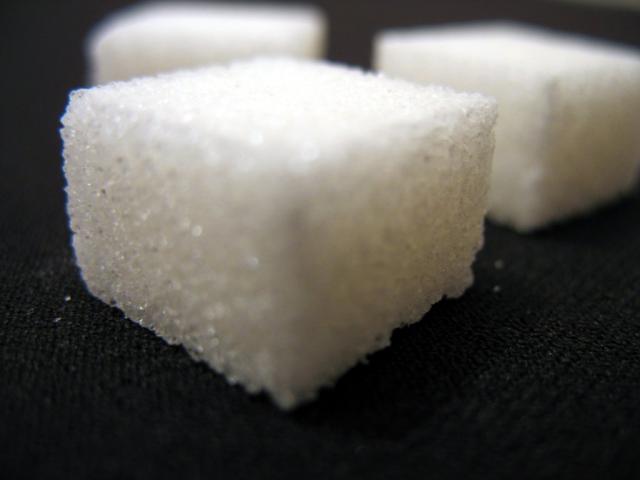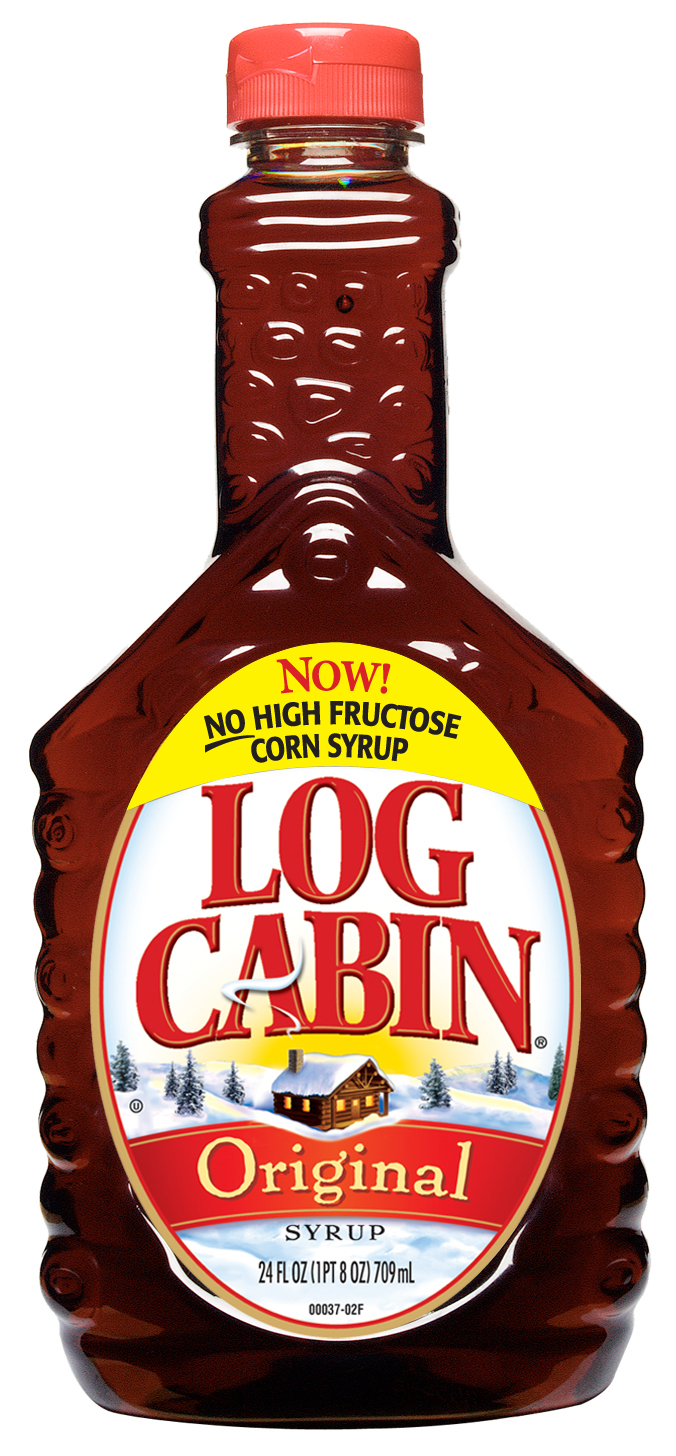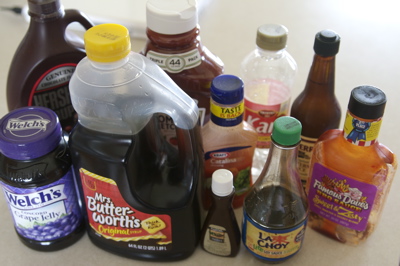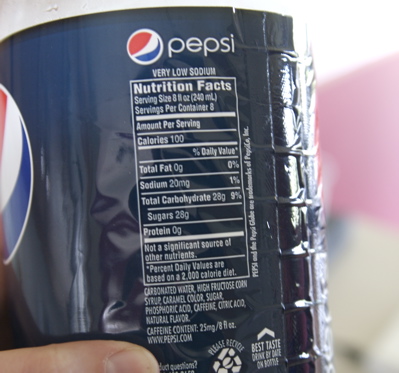monopoly seed
I have one day left of being hfcs-free, and I haven’t decided what to do after it’s done. But, I do have time for one more topic before my month is up. I didn’t get to as much as I would have liked, but I did get the big ones out of the way, which was enough research for me.
But the last topic of the month addresses Monsanto, one of the largest seed companies in the US. I actually didn’t hear about this on “King Corn”; I heard about it on “Food Inc.”. If you are able to see that one, I would recommend that over “King Corn” (although I’d say watch both, but if you’ve only got time for one, see “Food Inc.”). And this lesson is going to be short and sweet because what’s going on is so simple, it doesn’t require much explanation.
In 1996, Monsanto was able to genetically modify seed corn to be “Round-up Ready”, so farmers could buy the seed, plant it, then spray regular round-up, and everything but the planted seed would die. This is SO EASY I can see how if I were a farmer, it would be so incredibly tempting and easy to do.
But here’s the kicker: the gene that makes the seed round-up ready is patented, so farmers can’t save their seed from year to year; they need to buy new seed every year from Monsanto. But the ease of this is so ridiculous, Monsanto has easily gained a huge market share of seed. “Food Inc.” said that Monsanto went from a 2% market share in 1996 to a 90% market share currently. Now, Monsanto is refuting this, as you can read on this page, but I read their “truth”, and it really doesn’t debunk the numbers. I think they’re just trying to sound like they’re not monopolizing the market when in fact they are.
That aside, farmers can buy different seed from different companies, but Monsanto has this nasty habit of going after these farmers to test their seed because of cross-pollination. If you’re the only farmer on the block planting organic seed so you can save your seed, and every other one is using Monsanto seed, chances are that your corn is going to have traces of that patented gene because that’s what corn does.
Then, you get sued by Monsanto for royalties.
Not only that, but the guys who have seed shaking machines are getting sued. Not their seed, not their business – all they do is shake the seed farmers bring them to prepare it for next year’s planting – and they get a big ol’ subpoena from Monsanto. (From Food Inc.)
While enterprising, and easy, and patented, farmers are arguing that the other 50,000 genes in this Round-up Ready seed gives them a right to save seed (which, they have a point).
This issue not only is a monopoly issue, but is rife with problems surrounding genetically modified food (and patenting genes*), which I’m not going to delve into at the moment, but from the hold that Monsanto has on the seed market, you can understand.
So no wonder farmers are buying this seed: easy, but also if you don’t, it carries the risk of being sued by Monsanto for copious sums, and then there’s the end of another small farmer. Nice, Monsanto.
*Seriously: did you know that the gene inside your body that indicates if you have high risk of breast cancer (BRCA gene) is patented?? Of course, by the only company in the US who is able to test to see if you have this high-risk gene. Nice.
 To understand the overabundance of hfcs, first things first: why sugar is expensive in the US.
To understand the overabundance of hfcs, first things first: why sugar is expensive in the US.


